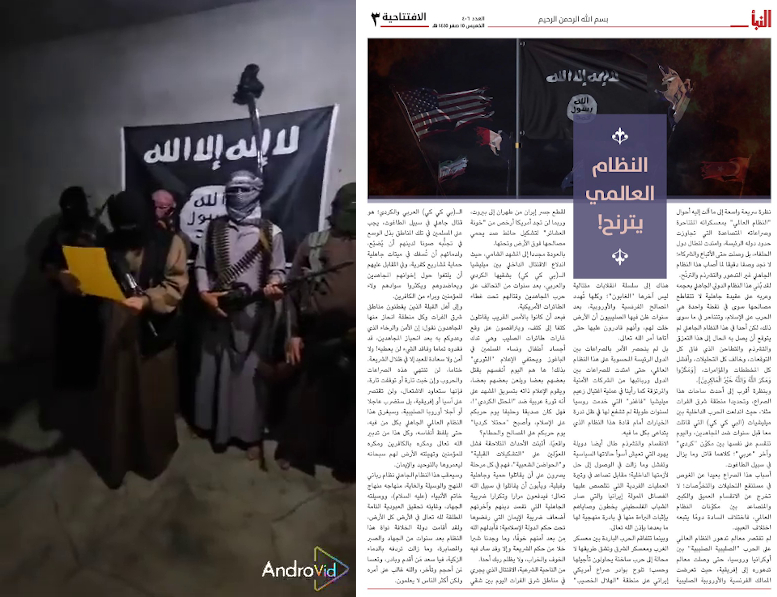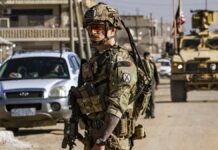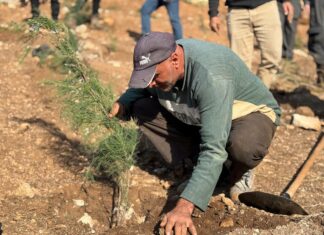
A recently surfaced video, claiming affiliation with ISIS, has sparked skepticism within the community of analysts and researchers due to a series of peculiarities and contradictions. The video, disseminated across various pro-SDF (PKK) social media channels, diverges from the customary visual style and quality associated with ISIS propaganda. Instead, it presents itself as a crudely captured recording, shot under low-light conditions using a mobile phone. Furthermore, concerns regarding the video’s credibility have arisen from both its content and delivery. Many experts speculate that the video could potentially be the handiwork of pro-SDF or pro-PKK elements aiming to sway public opinion in their favor and garner support for their respective causes.
From the outset, the video’s subpar lighting and unstable camera work set it apart as atypical in the realm of ISIS propaganda. The speaker within the video seems ill-prepared and rigid, reading from a piece of yellow paper with noticeable mispronunciations, particularly during the recitation of portions of the Quran. These anomalies, coupled with the videographer’s struggles to maintain subjects within the frame, cast doubt upon the video’s legitimacy.
Various analysts and researchers have identified several inconsistencies within the video that further erode its authenticity. For instance, ISIS traditionally releases its videos through their official media agency, Amaq, a practice not adhered to in this specific case. Furthermore, the speaker refers to the Kurdish groups as “Ahzab al-Kurdiyyah” (Kurdish parties/communities), a term unprecedented in ISIS’s rhetoric, which consistently labels them as PKK.
Noteworthy authorities in the domains of transnational Jihad, the Syrian conflict, and Middle Eastern studies have exhibited skepticism toward the video’s veracity. Wassim Nasr, a journalist and specialist in global Jihad, observed that ISIS has never previously issued a video endorsing Sunni tribes, as these groups have been regarded as adversaries since 2014. Syrian researcher Suhail al-Ghazi underscored numerous linguistic and ideological inconsistencies within the video, further casting doubt on its authenticity.
The video, asserting to have been filmed on Safar 17, 1445 (Sunday, September 3rd), surfaced two days following an ISIS publication discussing conflicts in a paper dated Safar 15, 1445 AH (Friday, September 1st), as cited by Mohammed Hassan, a former contributor to the London-based Chatham House MENA and a current non-resident scholar at the Washington, DC-based Middle East Institute (MEI). Hassan commented, “ISIS, via its Al-Naba newspaper, criticizes clan fighters in Deir Ezzor and perceives the conflict between two adversarial parties—once partners with the international coalition—engaged in battles against it. This elucidates the organization’s official stance and position, thereby undermining the SDF’s portrayal of ISIS’s role in the ongoing Deir Ezzor events.” Consequently, the video’s conflicting messaging appears contradictory to the established narrative found in official ISIS propaganda.
The video’s dubious content, style, and numerous inconsistencies collectively suggest that it might be a maneuver by SDF/PKK elements or their sympathizers to sway public sentiment and solicit backing for their respective agendas. By falsely associating Arab tribes with ISIS and insinuating their preparedness to assail the al-Hol Internment camp, the video seeks to instill apprehension and concern among Western governments. Nonetheless, experts contend that the video’s lack of credibility compromises its intended impact.








